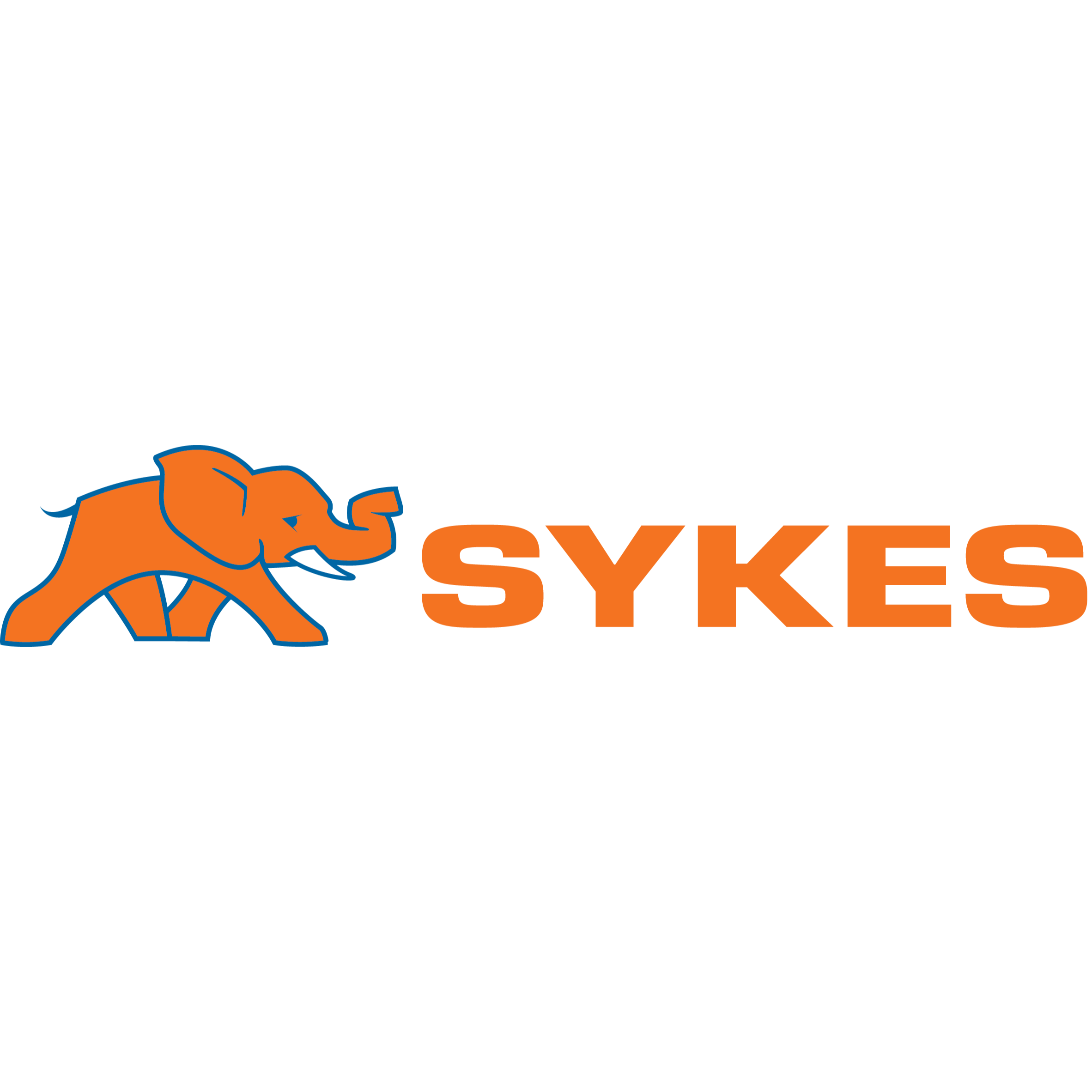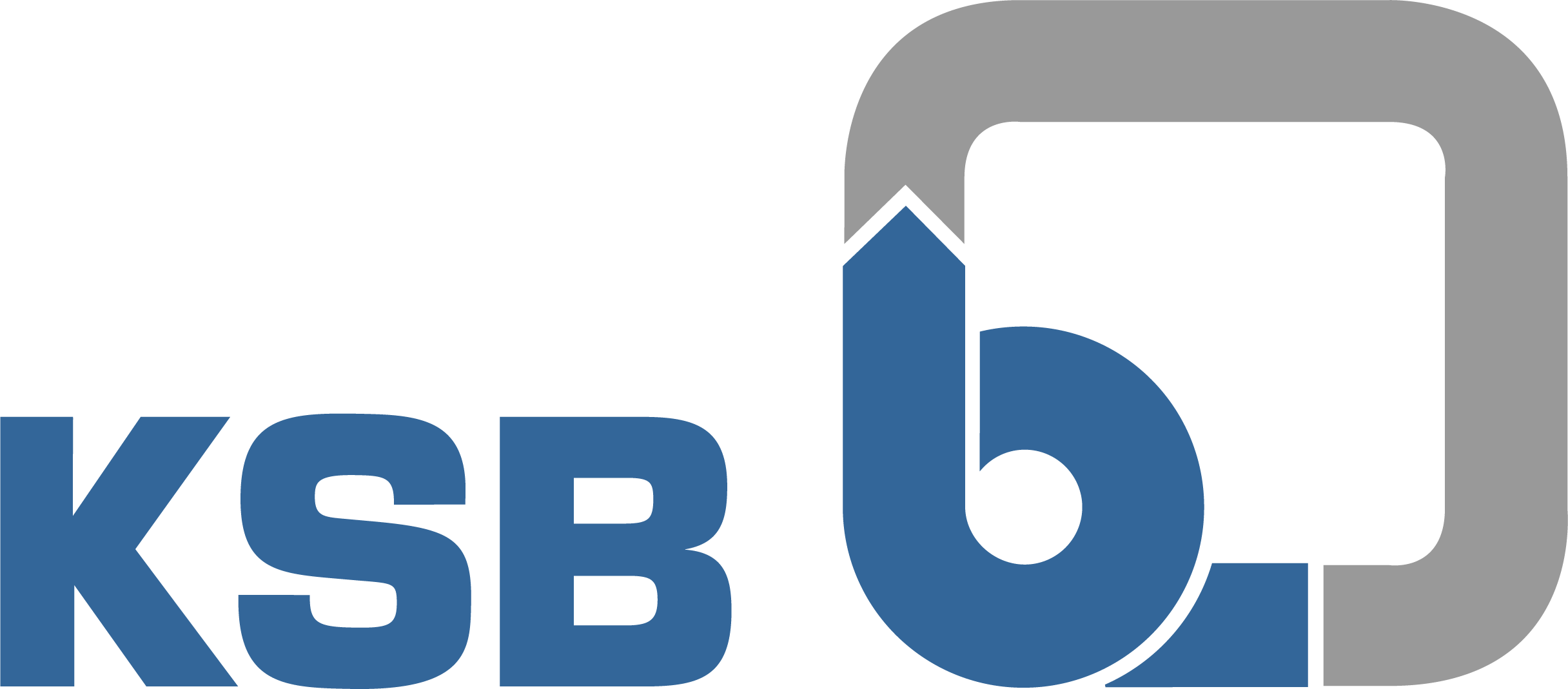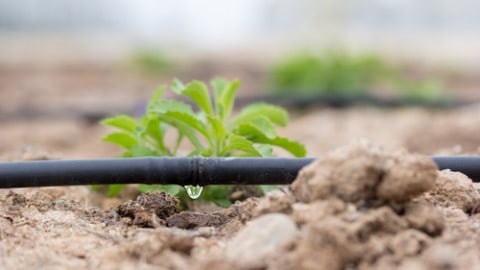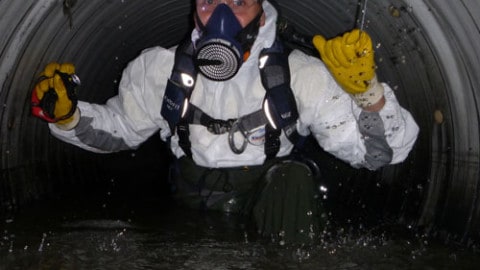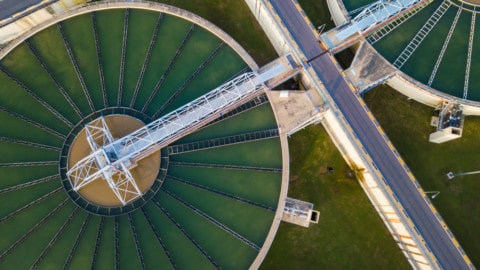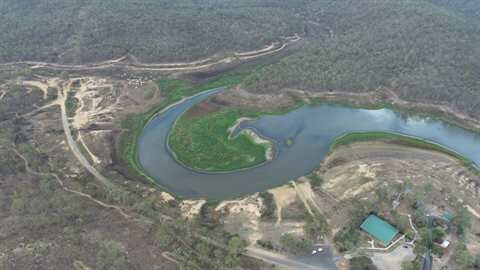On Tuesday 6 October, Treasurer, Josh Frydenberg, delivered the 2020-21 Federal Budget, which has been dubbed one of the most important government packages in 75 years.
In his speech, Mr Frydenberg identified a number of crucial components of the Budget, including but not limited to: gas supply, resource investment, NAIF reforms, water infrastructure upgrades, emissions reductions, manufacturing initiatives and tax write-offs.
To help the pump industry wade through the mass amounts of information and discern the key elements that will have an impact on the sector, we’ve broken it down into segments.
Fuelling the gas industry
Gas is set to play a huge role in the Federal Government’s economic recovery plans, with the announcement of an inaugural National Gas Infrastructure Plan (NGIP) to identify priority infrastructure projects, and options to boost the Wallumbilla Hub into a more transparent Australian Gas Hub, like the Henry Hub in the US.
On top of the $42 million of investments to unlock supply, $10.9 million will be invested to strengthen gas infrastructure planning and deliver market reform to lower the price of gas for households and manufacturers.
Gas will also play a critical role in the $1.3 billion Modern Manufacturing Strategy, which will target six national manufacturing priorities:
- Food and beverage manufacturing
- Resources technology and critical minerals processing
- Medical products
- Recycling and clean energy
- Defence industry
- Space industry
The backbone of this plan is enabling Australian manufacturing businesses to be globally competitive through cheaper and more reliable energy.
To that end, the Federal Government is helping to unlock five key gas basins starting with the Beetaloo Basin in the Northern Territory, and the North Bowen and Galilee Basins in Queensland.
In his Budget speech in Federal Parliament, Mr Frydenberg said, “More gas at a lower price will support jobs in Australia’s manufacturing sector.
“Affordable and reliable energy will be critical to Australia’s future economic prosperity.”
In addition, the Government is providing $13.7 million over four years to provide quality assured scientific research and information to communities living in gas development regions through the CSIRO’s Gas Industry Social and Environmental Research Alliance.
This complements investments by the Minister for Energy and Emissions Reduction in an inaugural National Gas Infrastructure Plan, as well as gas regulatory reform initiatives.
Backing resources
In the resources sector, the Budget includes $124.5 million to fund an expanded Exploring for the Future Program.
The program, operated by Geoscience Australia, will deliver detailed data on potential resources in vast areas that have yet to be fully explored. This funding will help unlock new resources along two major corridors identified as resource-rich in both western and eastern parts of Australia.
The Government is also investing $103.6 million to undertake the critical foundational work required to build the National Radioactive Waste Management Facility, including establishing a dedicated agency for the management of Australia’s radioactive waste that brings together responsibility and expertise in this important and specialised field.
The new Australian Radioactive Waste Agency will be based in Adelaide and be responsible for all functions of the National Radioactive Waste Management Facility, including engagement with the Kimba community in South Australia.
Minister for Resources, Water and Northern Australia, Keith Pitt, said, “The creation of the new agency is the next important step in developing Australia’s radioactive waste management storage solution and capabilities.
“A single agency ensures a dedicated focus on managing Australia’s radioactive waste in accordance with domestic and international regulations and best practice.”
Investing in Northern Australia
Reforms for the Northern Australia Infrastructure Facility (NAIF) will ensure the $5 billion facility will have more flexibility to bankroll investment in a wider range of projects across Northern Australia, and will speed up investment approvals.
This comes on top of the July announcement of a five-year extension to the NAIF until 30 June 2026.
“The Australian Government is committed to creating jobs across Northern Australia to help the region play a stronger role in Australia’s economic recovery,” Mr Pitt said.
“We are empowering the NAIF to accelerate lending and providing greater flexibility in how it can support projects driving economic and population growth – during the challenging business environment due to COVID-19.
“We are determined to open up further opportunities to strengthen Northern Australia’s contribution to our economy by continuing to support infrastructure and development.
“NAIF has already invested more than $2 billion in sectors including health, education, resources, energy and agriculture supporting more than 6,500 jobs.”
The 2020-21 Budget also includes $3.5 million over two years to fund preliminary rehabilitation works at the former Rum Jungle copper and uranium mine in the Northern Territory.
“The funds will support land management and training jobs for local Indigenous communities.”
The Budget also contains an additional $41.5 million to support NAIF’s operations following the decision to extend NAIF.
$2 billion water infrastructure boost
The Government is building on its existing investment in water infrastructure projects with an additional $2 billion in funding for projects through the National Water Infrastructure Development Fund. This more than doubles the fund to a total of $3.5 billion.
Key funding includes:
- $325 million for Wyangala Dam
- $242 million to the Dungowan Dam project
The additional funding is expected to deliver increased water security, build resilience in Australia’s regions, deliver jobs and grow the critical agriculture sector.
The fund will become a ten-year rolling program of priority water infrastructure projects, which are designed to support and invest in Australia’s regional economies over the long term.
This long-term focus will help identify and build the dams, weirs, pipelines, water recycling plants and other projects that will deliver the National Water Grid – a series of region-specific systems that will help secure reliable supplies of water for rural and regional Australia now and into the future.
Deputy Prime Minister, Michael McCormack, said, “This is all about increasing water security to build greater resilience in our regions as we create more jobs and see continued growth in our agriculture sector.
“We have already committed to more than 20 water infrastructure projects across Australia, supplying billions of litres of water for productive use each year, but we want to do even more.
“We have also established the National Water Grid Authority, standing up an Advisory Body chaired by Mr Chris Lynch, which is developing a new investment framework and completing five construction projects.
“Even through this difficult year, the agriculture sector grew by $1 billion – with the right investments in water infrastructure, we are supporting its continued growth for the future, as we work toward making it a $100 billion industry by 2030.
“We are helping increase water security in areas where extensive irrigated agriculture already exists, while also helping to unlock new agricultural regions, especially in Australia’s north.”
The Government is also providing an additional $50 million to extend the On‑Farm Emergency Water Infrastructure Rebate Scheme.
Minister for Resources, Water and Northern Australia, Keith Pitt, said, “This scheme has provided real assistance to some of our hardest-hit farmers by helping them install new water infrastructure, and I am pleased we can work with the states to continue helping them.”
The Budget includes funding for measures announced in August in the Murray–Darling Communities Investment Package that will build trust and transparency, as well as improve the health of the rivers and basin communities.
“The package puts communities and jobs at the heart of the Murray–Darling Basin Plan while also delivering for the environment and agriculture,” Mr Pitt said.
Reducing emissions
The Budget also sets out measures that demonstrate how the Government is reducing emissions through technology, including:
- $50 million investment in the Carbon Capture Use and Storage Development Fund to pilot carbon capture projects that will help dramatically cut emissions from large industrial facilities
- $95.4 million for a Technology Co-Investment Fund to implement recommendations from the King Review to support businesses in the manufacturing, industrial, transport and land sectors to invest in low emissions technologies to unlock energy and emissions savings and create jobs
The Modern Manufacture Strategy
The 2020-21 Budget includes an investment of $1.5 billion over four years for the Modern Manufacturing Strategy to allow Australian manufacturers to scale up, compete internationally and create more jobs.
Minister for Industry, Science and Technology, Karen Andrews, said the investments highlight the Government’s commitment to making science and technology work for industry, which is a key pillar of the Modern Manufacturing Strategy.
“A resilient and competitive manufacturing sector should be at the heart of a modern Australian economy and this Strategy will create jobs, drive our economy forward and make Australia more secure,” Ms Andrews said.
The centrepiece of the Modern Manufacturing Strategy is the $1.3 billion Modern Manufacturing Initiative, which will see the Government strategically invest in projects that help manufacturers to scale up and create jobs.
“We are putting our money where our mouth is, to galvanise investment in Australian manufacturing,” Ms Andrews said.
The Modern Manufacturing Initiative will support projects within six National Manufacturing Priorities: resources technology and critical minerals processing, food and beverage, medical products, recycling and clean energy, defence, and space.
Industry will be engaged to help develop tailored road maps for each of the priority sectors.
The Strategy will also address the competitiveness of individual manufacturers in the Government’s priority sectors, with a $52.8 million expansion of the Manufacturing Modernisation Fund.
Asset write-offs for tax relief
Business will be supported with time-limited tax incentives that will provide immediate expensing and loss carry-back.
This will generate economic activity and create jobs by lowering the cost of investment.
Building on the expansion of the instant asset write-off in its response to COVID-19, the Federal Government will now allow 99 per cent of businesses to write off the full value of assets they purchase.
Businesses with a turnover of up to $5 billion will be able to immediately deduct the full cost of eligible depreciable assets acquired from 7:30pm on 6 October 2020 and first used or installed by 30 June 2022.
This has been designed to unlock investment, expand the productive capacity of the nation and create tens of thousands of jobs.
To complement this full expensing, the Government will also temporarily allow companies with a turnover of up to $5 billion to offset tax losses against previous profits on which tax has been paid.
This will provide a targeted cash flow boost that businesses across the country desperately need.
Normally, businesses would have to return to profit before they can use their losses, however, these are not normal times.
Losses incurred to June 2022 can be offset against prior profits made in or after the 2018-19 financial year.
The Government is also providing $105 million in tax relief to expand access to a range of small business tax concessions by lifting the aggregated annual turnover threshold for these concessions.
Businesses with an aggregated annual turnover between $10 million and $50 million will, for the first time, be able to access up to ten small business tax concessions.
The expanded concessions will apply in three phases, with the first phase starting from 1 July 2020. The changes will reduce red tape and support around 20,000 businesses to attract workers and retain jobs.
The Government will also enhance previously announced reforms to invest an additional $2 billion through the Research and Development Tax Incentive. These changes will commence from 1 July 2021 and help more than 11,400 companies that invest in research and development to create jobs.
Industry backs gas investment
APPEA Chief Executive, Andrew McConville, said the Budget acknowledged investment is a central pillar to recovery, and the oil and gas industry has a clear plan to support the government in driving job creation, skills development and promoting domestic spending and investment across all industries.
“The Budget, together with the government’s previous announcements on energy and technology, recognises the pivotal role of Australia’s oil and gas industry in providing energy security for homes and businesses and making a sustained contribution to government revenues,” Mr McConville said.
The oil and gas industry has invested more than $350 billion in the Australian economy over the past decade, has contributed to government revenue through the payment of $71.6 billion in tax payments and levies, and supports 80,000 jobs.
“The Budget is another important step in helping unlock the next wave of investment that will underpin Australia’s economic recovery out of the COVID-19 recession,” Mr McConville said.
“The announcement to introduce an investment allowance for businesses is a positive step. It will help to improve capital availability and investment, growth in wages and GDP in the same way as a company tax cut, while also raising national income.
“These initiatives coupled with personal tax cuts will help kickstart the domestic spending needed to repair the economy.
“Like many industries, Australia’s oil and gas sector has faced some tough conditions through the pandemic.
“Despite these challenges, the sector stands ready to provide reliable and secure energy for homes and manufacturing businesses, generate jobs through exploration and new operations, provide taxation revenue to build schools, roads and hospitals – all of which will help strengthen our economy.
“The right fiscal settings combined with stable, efficient regulation will encourage investment, create jobs and support businesses across all industries.
“We look forward to working collaboratively with the Government to continue projects and pursue exploration to help kick start Australia’s COVID-19 economic recovery.”



